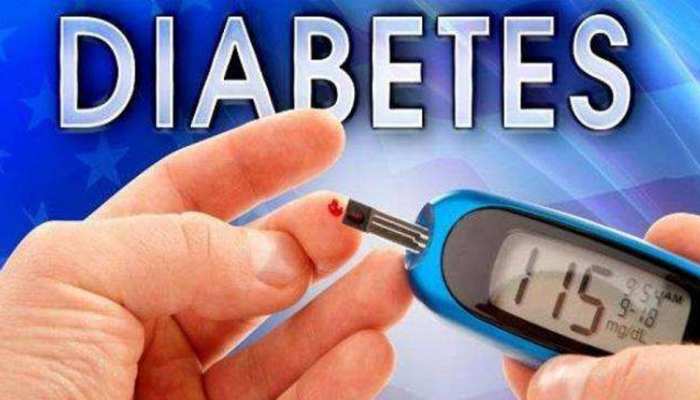Special areas of the pancreas, the islets of Langerhans, produce a hormone called insulin. This hormone is a protein of small size. Insulin stimulates muscle cells and other body cells to take up glucose from the blood and convert the glucose into glycogen, which is a type of starch, and then store the glycogen. Body cells convert glycogen into glucose as needed and use it as fuel. In this way, insulin keeps blood glucose levels at a normal level.

In type 2 diabetes, cells in the body do not respond properly to insulin stimulation. Therefore, they do not receive enough glucose from the blood to be able to store it or use it as an energy source.
This condition is called insulin resistance. The amount of glucose in the blood therefore rises. Also, insulin production can be increased to reduce the amount of glucose, but this effort to lower blood glucose levels is not effective enough. If the disease persists for many years, insulin production may tire, so the amount of insulin secreted is reduced.
CAUSES AND MECHANISMS OF TYPE 2 DIABETES
The exact mechanism that causes the disease is unknown. An autoimmune reaction to insulin or to molecules on cell surfaces that insulin binds to can occur. However, these lifestyle factors can cause the disease:
Excessive consumption of sugars and fats
Overweight
Too little exercise for many years.
Therefore, type 2 diabetes can be prevented with proper diet and regular exercise.
When the uptake of glucose into the body's cells is reduced, but glucose instead accumulates in the blood, the following physiological effects occur:
Body cells are not getting enough fuel to do the work they are supposed to do.
The molecular thickness (osmality) of the blood increases. This causes water to be drawn out of the body's tissues and into the blood. This dries out the tissues and increases urine production.
Tissues begin to break down protein and fat for energy, causing weight loss and reduced muscle mass.
The symptoms of type 2 diabetes are the result of these mechanisms.
SYMPTOMS OF TYPE 2 DIABETES
Type 2 diabetes is the most common type of diabetes, in fact 10 times more common than type 1 diabetes, where insulin production is reduced or stopped. The disease usually appears after the age of 50, but the high consumption of sugar and fat in Western countries today causes the disease even in young people. Symptoms of type 2 diabetes appear gradually. The symptoms are.
Increased urine production
Dehydration is a lack of water in the body
Abnormally high thirst
Dry mouth
Increased appetite
Slow healing of physical injuries
Itchy skin
Yeast infections
Impaired vision
In the long term, the disease can cause atherosclerosis with narrowing of the blood vessels, heart disease and stroke.
TREATMENT OF TYPE 2 DIABETES
The treatment of type 2 diabetes is most often a low-carbohydrate diet and weight reduction. These measures will ease the body's burden of controlling blood sugar so that it can normalize blood sugar levels. If this does not work well enough, blood sugar lowering drugs are used.
If insulin production is reduced, insulin injections are also used.
There are also natural products on the market that can help normalize blood sugar levels in type 2 diabetes. These products cannot cure the disease, but they can help the body regulate blood sugar levels. These products contain minerals that are the working components of enzymes that stimulate the metabolism of glucose in the body. They also contain herbs that have long been used in traditional medicine to regulate glucose levels and have been shown to work in scientific studies.


You must be logged in to post a comment.